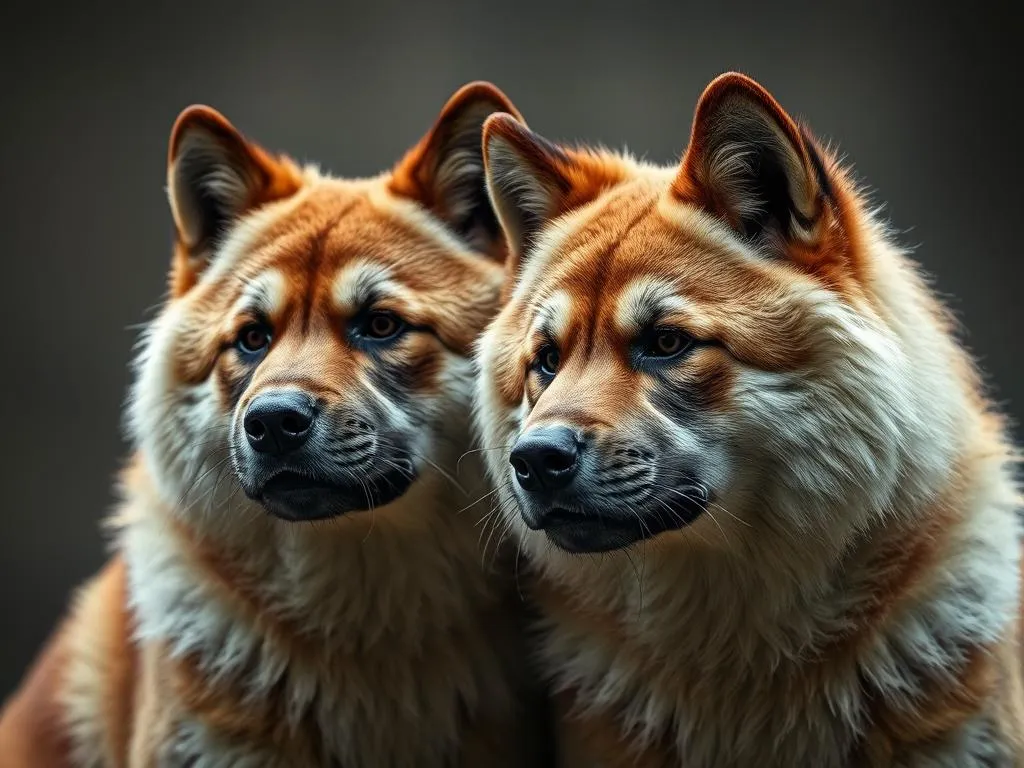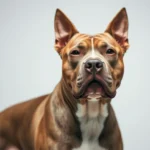
Owning a dog can be one of the most rewarding experiences in life, but it also comes with a set of responsibilities and expenses. Among the various dog breeds, Akitas stand out due to their unique characteristics and strong presence. Understanding the Akitas cost is essential for anyone considering adding this majestic breed to their family.
Overview of Akitas
History and Origin
The Akita breed has a rich and storied history that dates back to ancient Japan. Originally bred for hunting large game such as bears, boars, and deer, Akitas were valued for their strength, intelligence, and loyalty. They hold significant cultural importance in Japan, symbolizing good health, happiness, and long life. The famous story of Hachiko, an Akita that waited for his owner at a train station every day for nearly ten years after his owner’s death, further solidified the breed’s reputation for loyalty and devotion.
Characteristics of Akitas
Akitas are large, powerful dogs known for their impressive stature. Adult Akitas typically weigh between 70 to 130 pounds and stand 24 to 28 inches tall at the shoulder. They have a thick double coat that can come in various colors including white, brindle, and shades of red. The breed’s erect ears and curled tail give them a distinctive appearance.
In terms of temperament, Akitas are known for their loyalty and protective nature. They can be independent and stubborn, which may present challenges during training. Their guarding instincts make them excellent protectors of their families. However, early socialization and consistent training are vital to ensure they grow into well-adjusted adults.
Health considerations for Akitas include some common issues such as hip dysplasia, autoimmune diseases, and certain types of cancer. Their lifespan typically ranges from 10 to 15 years, making regular veterinary care crucial for maintaining their health.
Types of Akitas
There are two primary types of Akitas: the Akita Inu (Japanese Akita) and the American Akita. While both share a common ancestry, they have diverged in appearance and temperament.
The Akita Inu is more slender and has a shorter snout, while the American Akita is stockier with a broader head and thicker neck. In terms of temperament, the American Akita may be more aloof with strangers, whereas the Akita Inu tends to be more social. Understanding these differences is essential for potential owners in making their choice.
Costs Associated with Owning an Akita
Initial Purchase Price
The cost of purchasing an Akita can vary widely based on several factors. On average, you can expect to pay between $700 to $2,000 for a puppy from a reputable breeder. Purebred Akitas tend to be on the higher end of this spectrum, especially if the breeder has invested in health screenings and lineage verification.
Mixed-breed Akitas may be available for less, often ranging from $300 to $800. While the initial cost is a significant factor, it’s important to consider the quality and health of the dog you are buying.
Adoption Costs
Adopting an Akita from a shelter or rescue can be a more affordable option. Adoption fees generally range from $100 to $500, depending on the organization. These fees often cover initial medical costs such as vaccinations and spaying/neutering. While adopting can save you money upfront, it’s essential to factor in potential costs for any additional medical care or training that may be needed.
Ongoing Expenses
Food Costs
Akitas are large dogs with specific nutritional needs. High-quality dog food formulated for large breeds is essential for their health. On average, you can expect to spend about $50 to $100 per month on dog food. This can vary based on the brand and the dog’s specific dietary needs.
Veterinary Care
Routine veterinary care is vital for ensuring your Akita remains healthy. Annual check-ups, vaccinations, and preventive medications can cost around $300 to $700 a year. Emergencies or unexpected health issues can lead to additional expenses, so it’s wise to budget for these potential costs.
Grooming
Akitas have a thick double coat that requires regular grooming, especially during shedding seasons. While they are relatively low-maintenance compared to some breeds, they do require brushing at least once a week. Professional grooming services can cost between $50 and $100 per session, depending on your location and the services provided.
Training and Socialization
Proper training is crucial for an Akita, given their independent nature. Professional training classes can range from $150 to $600, depending on the length and type of program. Investing in training is essential for fostering good behavior and socialization, which can prevent issues later in life.
Additional Expenses
Beyond the basics, there are several additional expenses to consider:
- Insurance Costs: Pet insurance can range from $20 to $60 per month, depending on coverage levels.
- Supplies: Initial costs for leashes, collars, beds, and toys can add up to $200 or more.
- Emergency Medical Expenses: It’s wise to set aside funds for unexpected medical emergencies, which can be costly.
Factors Influencing Costs
Geographic Location
The cost of owning an Akita can vary significantly depending on where you live. Urban areas often have higher prices for food, veterinary care, and training services compared to rural locations. Additionally, the availability of Akitas in your area can influence adoption and purchase prices.
Breeder Reputation
The reputation of the breeder plays a crucial role in determining the price of an Akita puppy. Reputable breeders invest in health screenings, provide proper care, and often have waiting lists. While their prices may be higher, the assurance of a healthy puppy with a good lineage can be worth it.
Age and Size of the Dog
Puppies typically cost more than adult dogs, with prices decreasing as the dog ages. Additionally, larger Akitas may require more food and larger supplies, which can increase ongoing costs.
Budgeting for an Akita
Creating a Detailed Budget
Before bringing an Akita home, it’s important to create a detailed budget that includes both initial and ongoing costs. List all potential expenses, including food, grooming, veterinary care, and training. This will provide a clear picture of what to expect financially.
Long-Term Financial Commitment
Owning an Akita is a long-term commitment that can last over a decade. Understanding the cumulative costs over the dog’s lifespan, including potential emergencies, will help you prepare financially. Setting aside a small fund for unexpected expenses can alleviate some stress down the road.
Conclusion
Akitas are a remarkable breed known for their loyalty, strength, and unique beauty. However, the decision to bring one into your home should not be taken lightly. Understanding the Akitas cost involves more than just the initial purchase price; it requires careful consideration of ongoing expenses and the long-term commitment necessary for their care.
While the financial responsibilities may seem daunting, the joy and companionship that an Akita can bring into your life are invaluable. For those who are prepared for the commitment, an Akita can be a devoted and loving member of the family.









